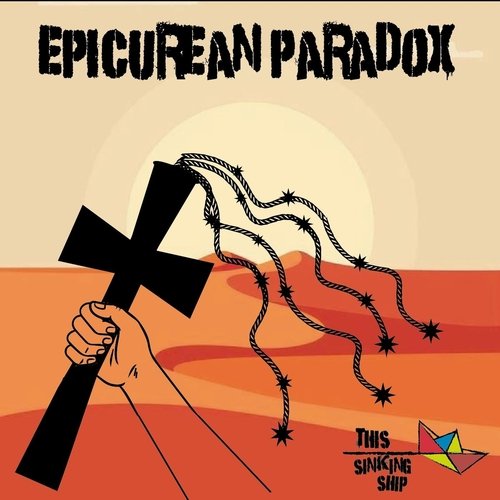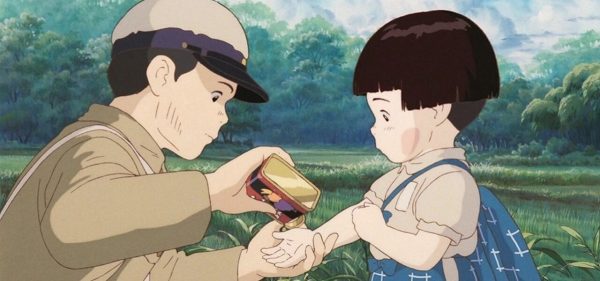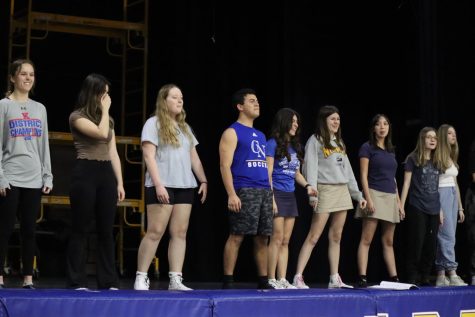Why Turkey at Thanksgiving?
The turkey is the centerpiece of Thanksgiving dinners across the nation, but why was this
bird chosen for such an occasion?
One can recall that the Pilgrims landed in Plymouth during December of 1620, and the
next year they shared a feast with the Wampanoag tribe commemorating a successful harvest and
giving thanks for the early success of the colony. The Pilgrims did not view this as a special
holiday, as European harvest festivals were not foreign. The main course of the feast, unlike that
of today, was not turkey. Instead, the Wampanoag provided deer while the Pilgrims wild “fowl”;
this could have been turkey, but historians lean more towards the idea that it was ducks or geese.
As time went on, turkeys grew in popularity for such feasts. For one, the birds had populations of
roughly 10 million, and each turkey was large enough to feed a family. Additionally, turkeys
were only used for their meat, unlike cows or hens that provided milk and eggs, respectively.
While present at feasts, the turkey did not become synonymous with thanksgiving until
the late 1800s. Some credit Charles Dickens’ A Christmas Carol for promoting the turkey as a
holiday meal, yet it was Sarah Josepha Hale who pioneered the turkey at thanksgiving. In her
1827 novel Northwood, she dedicated an entire chapter to which a roasted turkey was served at
the head of the table. Simultaneously, Hale campaigned to establish Thanksgiving as a national
holiday in hopes of unifying the country. Eventually, President Abraham Lincoln made an
official declaration declaring Thanksgiving as a national holiday, and from there the mythology
formed. In 1841, a collection of writings dating back to 1621 by Edward Winslow were
discovered, and they described the feast that he called “the first Thanksgiving”. While he himself
never mentioned turkeys specifically, contemporary William Bradford did mention the “great
store of turkeys” present. This mythology soon created links that would form an integral part of
the tradition.
Although turkeys faced potential endangerment in the 1900s, modern breeding practices
restored the turkeys closer to their former glory. Americans collectively gobble gobble around 40
million turkeys each year with the centerpiece expected to hold its place for years to come.

Lucas Hernandez-Trujillo is currently a junior at Cardinal Newman High School. Hernandez is a well-rounded achiever, participating in cross country, soccer,...



















